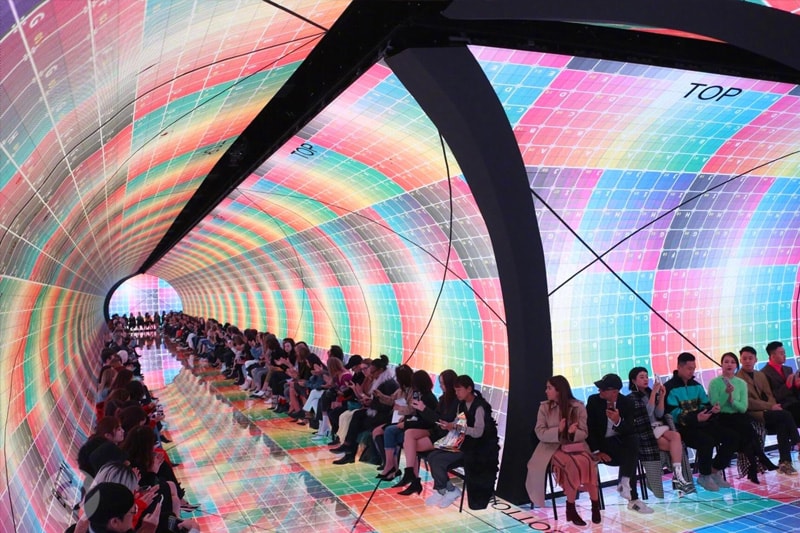

The two are very distinct and different disorders.Īgain, visual snow is a neurological disorder that involves disruptions in the way that images are processed after seeing them (visual postprocessing) in the visual association cortex. Migraines do not always accompany visual snow, however. The aura can be a set of visual symptoms similar to that experienced with visual snow. Visual snow is often misdiagnosed as a migraine with an aura. Visual Snow and MigrainesĪround half of those who suffer from visual snow syndrome also battle migraines. Depression, panic attacks, and anxiety can be common side effects of visual snow syndrome. Some of these symptoms can be present even if you do not suffer from visual snow syndrome, but in the case of the disease, the symptoms will keep coming back (be recurring), persistent, and debilitating.Īs a result of visual snow and vision disruptions, it can be difficult to function normally in everyday life. Trouble seeing at night or in low light (nyctalopia).Īround three-quarters of people struggling with visual snow report suffering from three or more of these symptoms: spontaneous photopsia, blue field entoptic phenomenon, myodesopsia, or self-light of the eye along with the snow.Images continue to appear after they are no longer visible (palinopsia).Visual effects within the eye (entoptic phenomena).Small “floaters” in the vision field (myodesopsia).Bright dots moving fast when looking into blue light (blue field entoptic phenomenon).

Dots are usually black and white but can be colored too. Dots, fuzz, or “snow” in the field of vision.

Symptoms of Visual Snow Visual snow syndrome is often misdiagnosed as either a migraine with auras or hallucinogen persisting perception disorder (HPPD), but the symptoms are not quite the same as either issue.įor a diagnosis of VSS, symptoms will typically need to be persistent and recurring for a period of at least three months. Research into the causes of visual snow syndrome are ongoing, so it’s likely that we’ll learn more about its causes in the coming years. As a result, nerve cells send signals to the brain, which are mistakenly deciphered as actual images. Some research suggests that people with VSS may be hyperresponsive to visual stimuli.

People who have visual snow syndrome (VSS) have an abnormality in a structure in the occipital lobe of the brain, known as the lingual gyrus. It is believed that the issue could be connected to a neurological disorder related to visual processing in the cortex of the brain. Causes of Visual SnowĬurrently, the causes of visual snow are not known. Thanks to new research, treatments are being introduced that can improve quality of life related to it. There are a few medications that may be helpful in managing the disorder. Visual snow syndrome is not likely to go away on its own. If visual snow is occurring as a side effect of a migraine, it will typically dissipate when the migraine is controlled. It has commonly been associated with migraines and the visual aura that can occur during migraines however, it is a separate disorder. Visual snow can cause sensitivity to light, floating “dots” in the field of vision, “static,” and images to appear after they are no longer visible. It is a neurological disorder that can be debilitating and recurring. It can make it seem as though you are looking into a static-filled television set.Īlthough visual snow impacts vision, the eyes and optic apparatus are usually completely functional. Visual snow is a disorder that impacts the entire visual field. It can be an extremely debilitating disease that can vastly impact quality of life and make daily life tasks difficult. Visual snow is like seeing static, such as looking at a bad picture on an old television set. Visual snow syndrome is a rare disease that involves both eyes and the entire field of vision. It is considered a nervous system disease. It is not entirely clear what causes visual snow disorder, according to the National Institutes of Health (NIH).


 0 kommentar(er)
0 kommentar(er)
